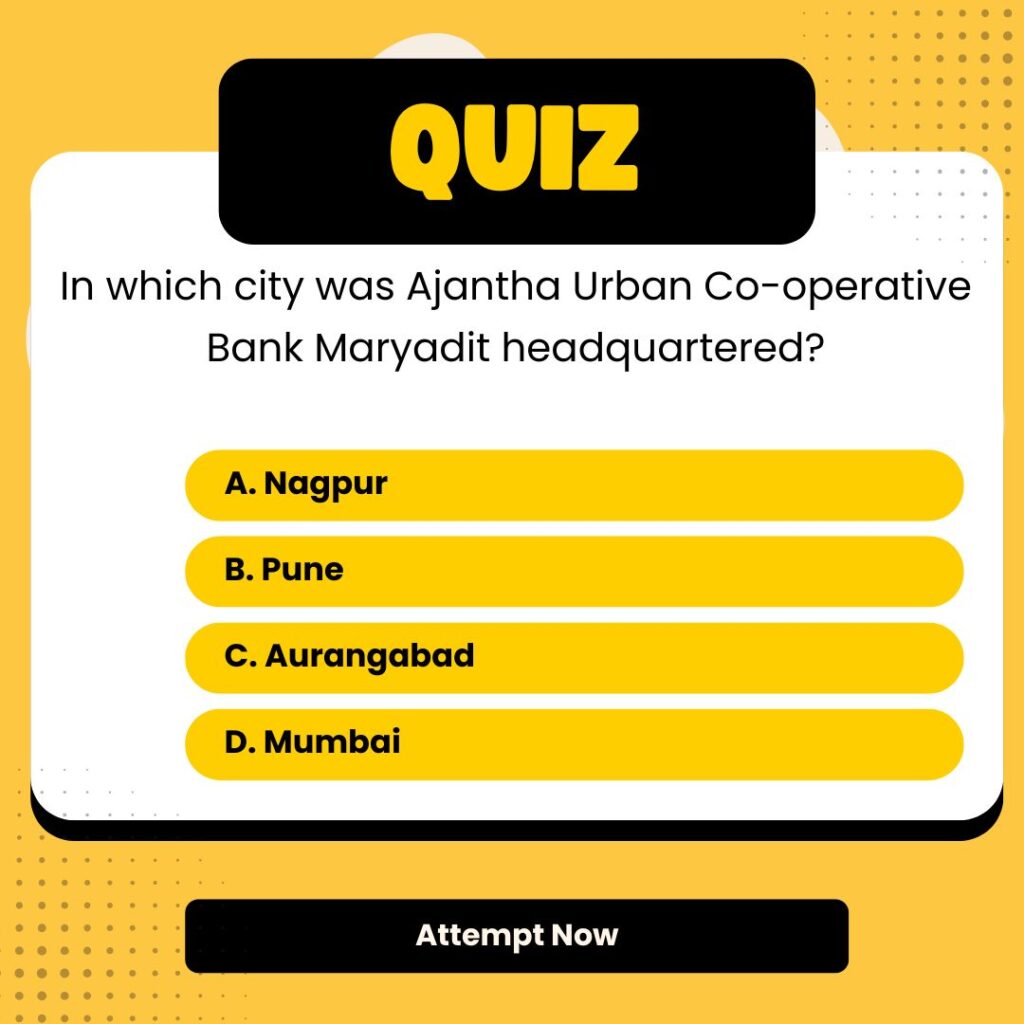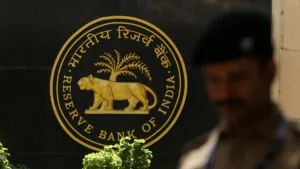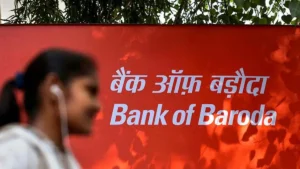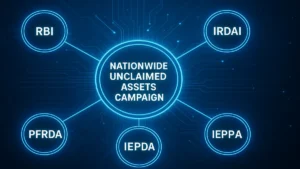In a significant regulatory move, the Securities and Exchange Board of India (SEBI) has revised the cut-off timing for redemption in overnight and liquid mutual fund schemes, effective June 1, 2025. This change is a part of SEBI’s broader initiative to enhance the safety of client funds held with brokers and clearing members. The revised timings aim to support SEBI’s upstreaming framework introduced in December 2023, ensuring better fund security and operational alignment across the ecosystem.
Key Points
What Has Changed?
- SEBI has now differentiated the cut-off timings for online and offline modes of redemption in overnight mutual fund schemes:
For Offline (Physical) Mode
- Redemption requests submitted before 3:00 PM: Get the closing NAV of the day preceding the next business day.
- Redemption requests submitted after 3:00 PM: Get the NAV of the next business day.
For Online Mode (Only Overnight Funds)
- Redemption requests submitted before 7:00 PM: Eligible for the same-day NAV benefit.
- Redemption requests submitted after 7:00 PM: Will receive the NAV of the next business day.
Note: “Business day” excludes holidays and days when money markets are closed.
Why SEBI Made This Change
Link to Upstreaming Framework (Dec 2023)
- Brokers and clearing members are now required to transfer all client funds daily to clearing corporations.
- This “upstreaming” ensures funds are not misused and stay secure.
Accepted Forms of Upstreaming,
- Cash
- Lien on Fixed Deposits
- Pledged units of Overnight Mutual Fund Schemes
- SEBI had to adjust redemption timings to allow the overnight fund units to be utilized effectively in the upstreaming process.
The decision was shaped by input from a working group, including,
- AMFI (Association of Mutual Funds in India)
- Mutual Funds Advisory Committee
- Public consultation prior to final implementation
Implications for Investors
- Greater Flexibility for Online Users: You now have until 7:00 PM to redeem overnight funds and still get same-day NAV.
- Offline Requests Remain Tighter: Must be in by 3:00 PM to avoid a one-day delay in NAV application.
- Impact on Returns: Missing the cut-off could result in application of a different day’s NAV, potentially affecting returns.
- Important for Traders & Institutions: These timings are especially crucial for those who actively use overnight funds for collateral or fund management.
| Summary/Static | Details |
| Why in the news? | SEBI Revises Cut-Off Timing for Overnight Mutual Funds |
| Effective From | June 1, 2025 |
| Offline Cut-off Timing | 3:00 PM |
| Online Cut-off Timing (Overnight Funds Only) | 7:00 PM |
| Pre 3:00 PM (Offline) | Previous day’s NAV before next business day |
| Post 3:00 PM (Offline) | Next business day’s NAV |
| Pre 7:00 PM (Online) | Same-day NAV |
| Post 7:00 PM (Online) | Next business day’s NAV |
| Purpose of Change | Enable pledged overnight fund units under upstreaming |
| Driven By SEBI’s | Dec 2023 Upstreaming Framework |
| Advisory Input | AMFI, Mutual Funds Advisory Committee |
| Investor Impact | Timing now directly influences NAV and returns |




 SBI and Bank of Baroda Receive RBI Nod t...
SBI and Bank of Baroda Receive RBI Nod t...
 Bank of Baroda Recognised as ‘Best Bank ...
Bank of Baroda Recognised as ‘Best Bank ...
 "Your Money Your Right campaign" Campaig...
"Your Money Your Right campaign" Campaig...







